Variable length single-stranded DNA springs determine how far a hinge of double-stranded DNA joining two stiff sections of DNA origami can bend.
A tunable hinge joint for DNA nanotechnology
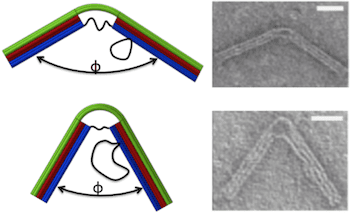

Variable length single-stranded DNA springs determine how far a hinge of double-stranded DNA joining two stiff sections of DNA origami can bend.
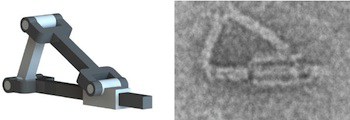
Scaffolded DNA origami is combined with hinges of single- or double-stranded DNA to built simple machines parts that have been combined to program simple to complex motions.
One example is presented of how well the meme is spreading that nanotechnology will evolve toward atomically precise manufacturing that will in turn bring forth a world of abundance.
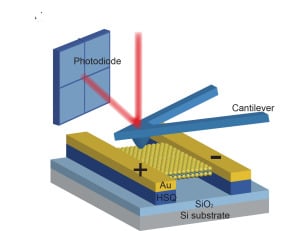
To measure in-plane piezoelectric stress, an MoS2 film was suspended on HSQ posts and clamped by two Au electrodes. When the film was indented with a scanning AFM probe, the induced stress changed the load on the cantilever, which was observed by the deflection of a laser beam. Credit: Berkeley Lab
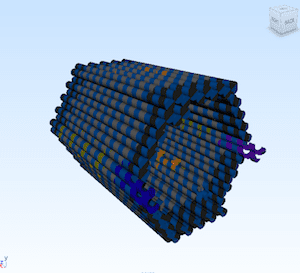
Combinations of different types of DNA nanorobots, implementing different logic gates, work together to tag a specific type of cell in a living cockroach depending on the presence or absence of two protein signals.
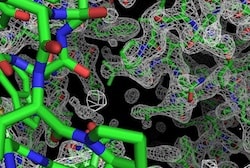
New software makes it possible to generate 3D structures of proteins without artificially incorporating metal atoms in the proteins, making it possible to study many molecular machines using data that could not previously be analyzed.
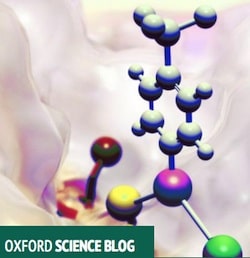
Among the smallest molecular robots reported so far, a walker based on phenylarsonous acid with two organic thiol ligands as feet walks through a one-nanometer-diameter protein nanopore channel by taking 0.6 nanometer steps, by thiol exchange, from one cysteine residue to the next.
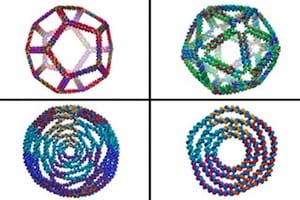
A more general computational framework predicts the structures of 2D and 3D-curved DNA nanostructures impossible to predict using previously available computational methods. May lead to 3D-printing DNA nanostructures?
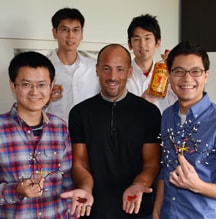
A new strategy to form bonds between carbon atoms opens the way to a wide variety of molecular architectures that had been difficult or impossible to access using previous methods.
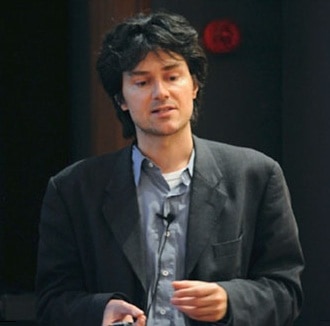
Artificial enzymes have been created from nucleic acids that use synthetic molecules instead of ribose or deoxyribose sugars.